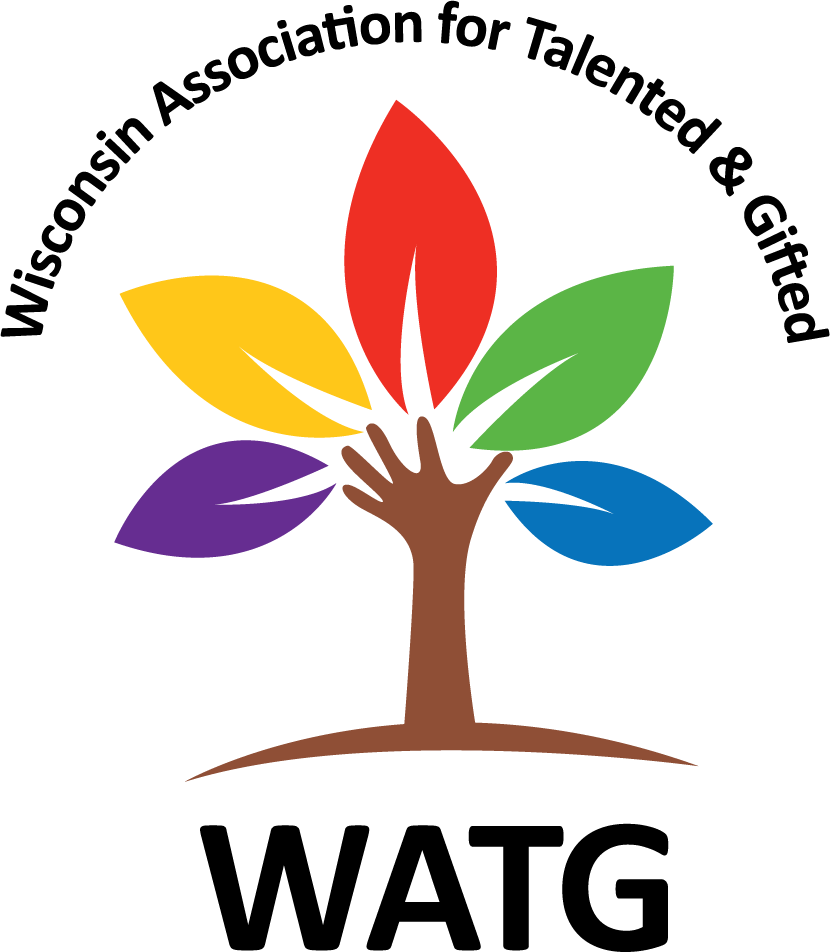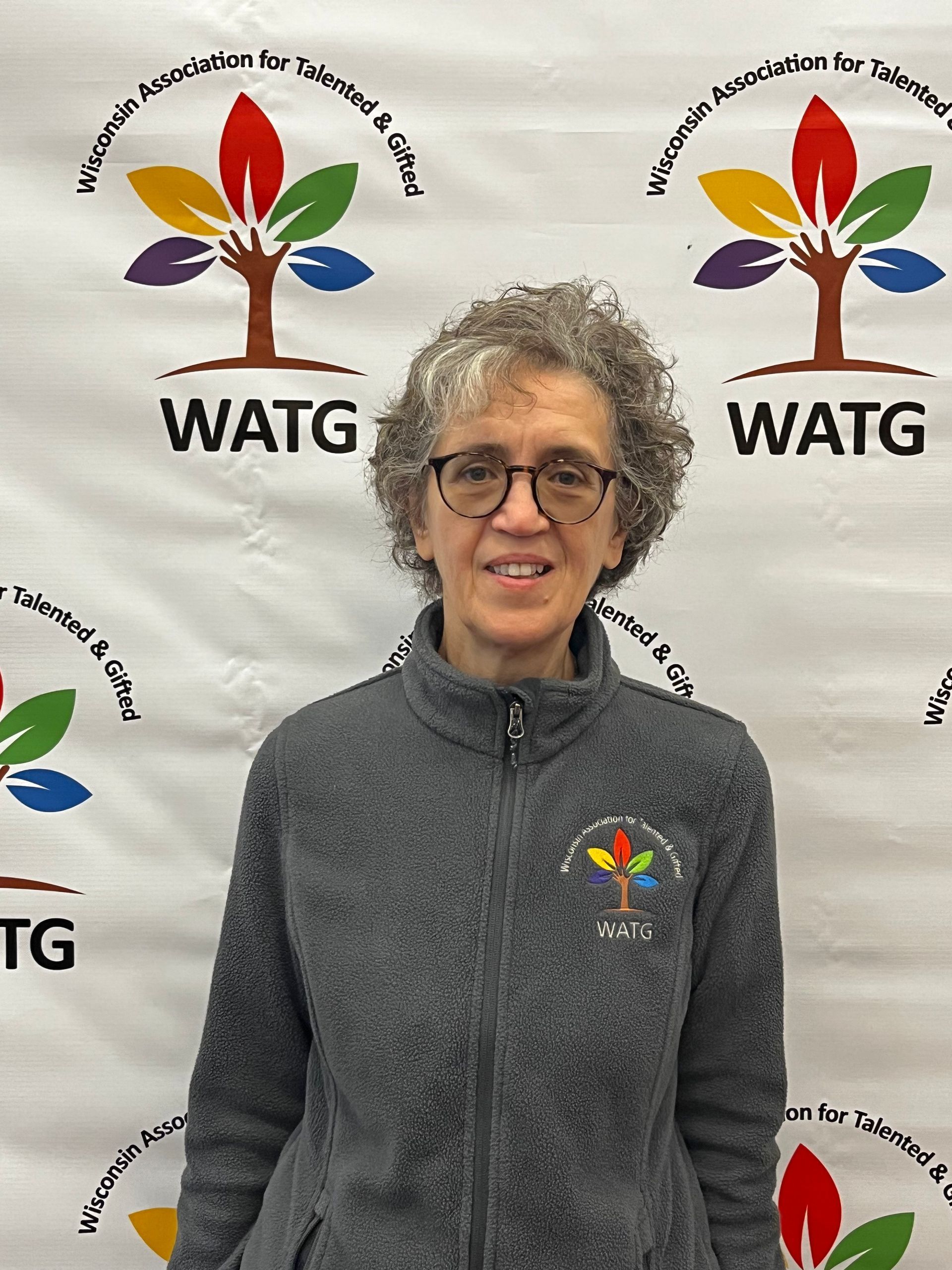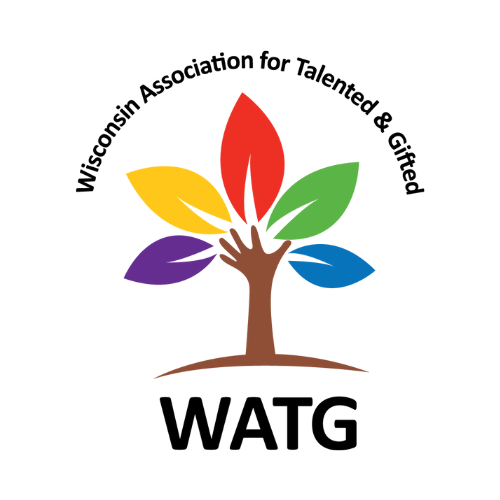Of LEGOS and Creativity
Have you ever looked at LEGOS and wondered about how they best stimulate creativity? Which LEGO activities – pre-made kits, complete with step-by-step directions – or free play with LEGOS in a “create your own adventure” scenario – contribute most to creativity in children and adults? And how does this translate into everyday activities? And what are the implications for businesses/the workforce?
Apparently, the people at LEGO have wondered about these questions, and have done some very interesting research. In this article,
The Downstream Consequences of Problem-Solving Mindsets: How Playing with LEGO Influences Creativity, researchers pondered the effect of open-ended vs. closed-ended tasks using LEGOS. Their study has theoretical implications for creativity and mindset research as well as insights for managers and public policy makers.
According to the researchers, “Recent trends in technology and education suggest that the opportunities to engage in exploratory thinking may be declining for a number of people. Google provides immediate answers, teachers ‘teach to the test,’ and overscheduled lives leave fewer opportunities to discover or pursue new interests. Essentially, many of the problems we face on a daily basis are becoming increasingly more structured and well defined.”
A perfect example of this highly structured and well-defined outcome is the plethora of LEGO “kits”, with precise directions and precise outcomes. Apparently, consumers are increasingly preferring this…“the double-digit growth in LEGO’s revenues indicates that consumers have a strong desire to solve these types of well-structured problems”. (Hansegard and Burkitt 2013).
But at what price?
To research this, LEGO created several experiments. They were interested in understanding how adult consumers reacted to their products. Each randomly assigned participant was given a 40-piece LEGO set and fifteen minutes of work time. Half of the participants were given precise directions and a desired outcome; the other half were asked to “build something”. Then both groups proceeded to a second task, either the Torrance Test of Creative Thinking or the Miller Analogy Task. (Note that a control group proceeded to one of the second tasks without doing the LEGO task. Note also that all participants took two pretests to examine whether factors – such as perceiving that one innately “excels at creativity” could influence performance on the subsequent task).
So, what did the researchers find out?
Essentially, those who were given the open-ended task of “building something” out of LEGOS outperformed those who were given specific directions when they engaged in future creative tests. Apparently, being creative encouraged/strengthened further creativity. The study also confirmed that the effects were not driven by a person's motivation to be creative; instead the effects were driven by a reduction in the extent of divergent thinking in which the person engages. Creativity, then, like any other “muscle”, needs to be flexed in order to strengthen. The more we explore on our own – without explicit direction – the greater the chances that creativity will flourish.
So, what are the implications for education and the workforce?
The researchers used Disney as a concrete example: “Disney distinguishes between employees who do ‘routine work’ (e.g., cast members at their theme parks) and those who engage in imaginative work (e.g., ‘imagineers’ who ‘dream up wild ideas about new things a guest might experience’; Sutton 2001). Routine work entails well-defined-problem solving, whereas imaginative work requires engagement in ill-defined-problem solving. Employees rarely switch from one type of work to the other, and our findings suggest that this separation is a good one…employees consistently engaged in routine work would produce less-creative ideas than those who were not so engaged.”
My question then is this: which is more important – more engagement with creative experiences to strengthen the creative disposition and provide a workout for the creativity “muscle” – or allow our ever-increasing reliance on gadgets, directions, and AI to govern our future? What do you think?
As always, I welcome your ideas. Together we grow.
Jackie Drummer, Past President and WATG Board Advisor
Thank you to Esther Vasquez for her translation of this article for our Spanish speaking families and educators.











